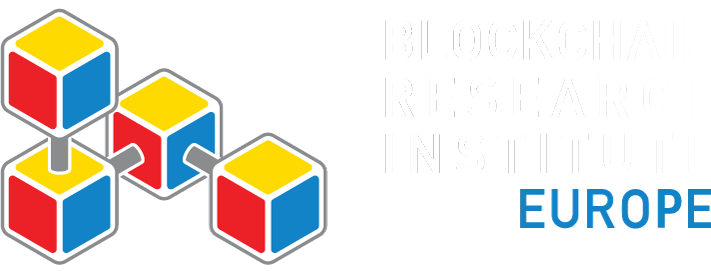Decentralized Finance Analysis
Report Overview
Author: John Robison, Aryan Sheikhalian, Alex Tapscott
Release Date: February 14, 2023
Abstract:
In this project, our research leaders develop a method of formal analysis of the value of decentralized finance (DeFi) initiatives. Inspired by Vitalik Buterin’s writings on the intrinsic worth of projects in the crypto economy—that they must solve legitimate human problems on a macro scale—our researchers mirror the approach of Benjamin Graham and David Dodd in Security Analysis. For several different applications within the DeFi space, they identify the business metrics as well as the financial and social key performance indicators (e.g., staking yield, fees generated) that will help investors distill signals from the noise—that is, the inherently valuable projects from what Graham and Dodd protégé Warren Buffett called “rat poison.” Although this research is by no means as detailed as Security Analysis, we think it will “shake readers from the memetic psychosis that has propagated crypto booms and busts over the past decade,” to quote the authors.
